New Tax Rules That May Affect Your 2013 Return
Changes to tax rates and breaks will affect the bottom line for many taxpayers. Discover if you’ll be paying more or less this spring.

The 2013 tax filing season, which was delayed for ten days by last year’s government shutdown, officially opened on Jan. 31. But the shutdown didn’t affect the tax filing deadline: you’re still required to file your return, or file for an extension, by April 15. That means it’s time to gather your W-2s, your 1099s and receipts for your charitable contributions and get to work.
Here’s what’s new to keep in mind as you file your 2013 return:
Top earners will pay more tax on their 2013 income. Legislation enacted in January 2013 resurrected the top rate of 39.6% for taxable income over $400,000 ($450,000 for married couples). And taxpayers in this bracket will now pay a 20% rate on long-term capital gains and dividends, up this year from the maximum 15% rate for lower-income taxpayers. Congress also revived phaseouts of itemized deductions and personal exemptions for taxpayers with adjusted gross income of $250,000 or more, or $300,000 for married couples.

Sign up for Kiplinger’s Free E-Newsletters
Profit and prosper with the best of expert advice on investing, taxes, retirement, personal finance and more - straight to your e-mail.
Profit and prosper with the best of expert advice - straight to your e-mail.
Separately, provisions in the Affordable Care Act could raise taxes for those who have a large amount of investment income. The ACA introduced a 3.8% surtax on unearned income, including dividends, royalties, rents and capital gains. This surtax affects single taxpayers with modified adjusted gross income of $200,000 or more, or married joint filers with MAGI of $250,000 or more. The surtax will be based on your investment income or the amount that your MAGI (which includes investment income) exceeds the threshold, whichever is less.
Joint returns for married same-sex couples. This year, for the first time, couples who were legally married anywhere that recognizes same-sex marriage must file their federal tax returns as either married filing jointly or married filing separately. (For most couples, filing jointly results in a lower tax bill, especially if one spouse earns significantly more than the other. But dual-income couples who earn about the same amount could find themselves paying more than if they could still file as single people.)
Legally married same-sex couples who live in a state that doesn’t recognize same-sex marriages should plan on spending extra time on their tax returns this year. Those couples will be required to file joint (or married filing separately) tax returns with the IRS, but they may be required to file as single with their states. Since states typically base tax returns on federal tax returns, these couples may have to create “dummy” federal tax returns as single filers before they can complete their state tax returns. A few states that don’t allow same-sex marriage either require or permit residents to file joint returns if they were married in jurisdictions that permit same-sex matrimony. See our Guide to State Filing Status for Same-Sex Couples for details for your state.
Self-employed workers will find it easier to figure the home-office deduction. In the past, many self-employed workers rejected this money-saving deduction because it was complicated to figure and was widely viewed as an audit red flag. But a change that took effect in 2013 makes it easier to claim this tax break and lessens the chance of an audit.
New IRS rules allow self-employed taxpayers to deduct their home offices by using a simple formula based on the size of their offices. Under this method, you can deduct $5 per square foot, up to a maximum of 300 square feet, or $1,500.
The rule doesn’t change eligibility requirements for the deduction. You must use the space regularly and exclusively for business. If you’re an employee who works from home, you can’t deduct a home office unless your employer requires you to work there. But you’ll no longer have to fill out an IRS form listing your actual expenses, such as the percentage of utilities used in your home office. You’ll still have the option of using your actual expenses, which could deliver a larger deduction. Just be sure to save your receipts.
Itemizers face a higher threshold for medical deductions on their 2013 returns. Most taxpayers will only be allowed to deduct unreimbursed medical expenses that exceed 10% of their adjusted gross income, up from 7.5% in the past. The 7.5% threshold still applies to taxpayers who were 65 or older at the end of 2013. (On joint returns, the lower threshold applies if either spouse meets the age test.) You must itemize to claim this deduction.
Taxpayers will have to get by with less help from the IRS. If you have a question for the IRS, be prepared to wait a while. In fiscal year 2013, the IRS answered only 61% of calls from taxpayers, and the average wait time to get an answer was nearly 18 minutes, according to IRS taxpayer advocate Nina Olson. Despite increased responsibilities, the IRS has fewer employees than it had four years ago, Olson says. Taxpayers may be able to get answers to their questions at www.irs.gov; the Web site’s “Where’s My Refund” tool also allows people to track their refunds. You can check the status of your refund within 24 hours after the IRS has received your e-filed return or within four weeks after you’ve mailed a paper return.
Get Kiplinger Today newsletter — free
Profit and prosper with the best of Kiplinger's advice on investing, taxes, retirement, personal finance and much more. Delivered daily. Enter your email in the box and click Sign Me Up.

Block joined Kiplinger in June 2012 from USA Today, where she was a reporter and personal finance columnist for more than 15 years. Prior to that, she worked for the Akron Beacon-Journal and Dow Jones Newswires. In 1993, she was a Knight-Bagehot fellow in economics and business journalism at the Columbia University Graduate School of Journalism. She has a BA in communications from Bethany College in Bethany, W.Va.
-
 The Economic Impact of the US-China Trade War
The Economic Impact of the US-China Trade WarThe Letter The US-China trade war will impact US consumers and business. The decoupling process could be messy.
By David Payne
-
 Retire in Malta for Quiet Coastal Perfection
Retire in Malta for Quiet Coastal PerfectionSeemingly remote yet easily accessible to other points in Europe, sunny Malta offers paths to citizenship and residency for families and retirees.
By Drew Limsky
-
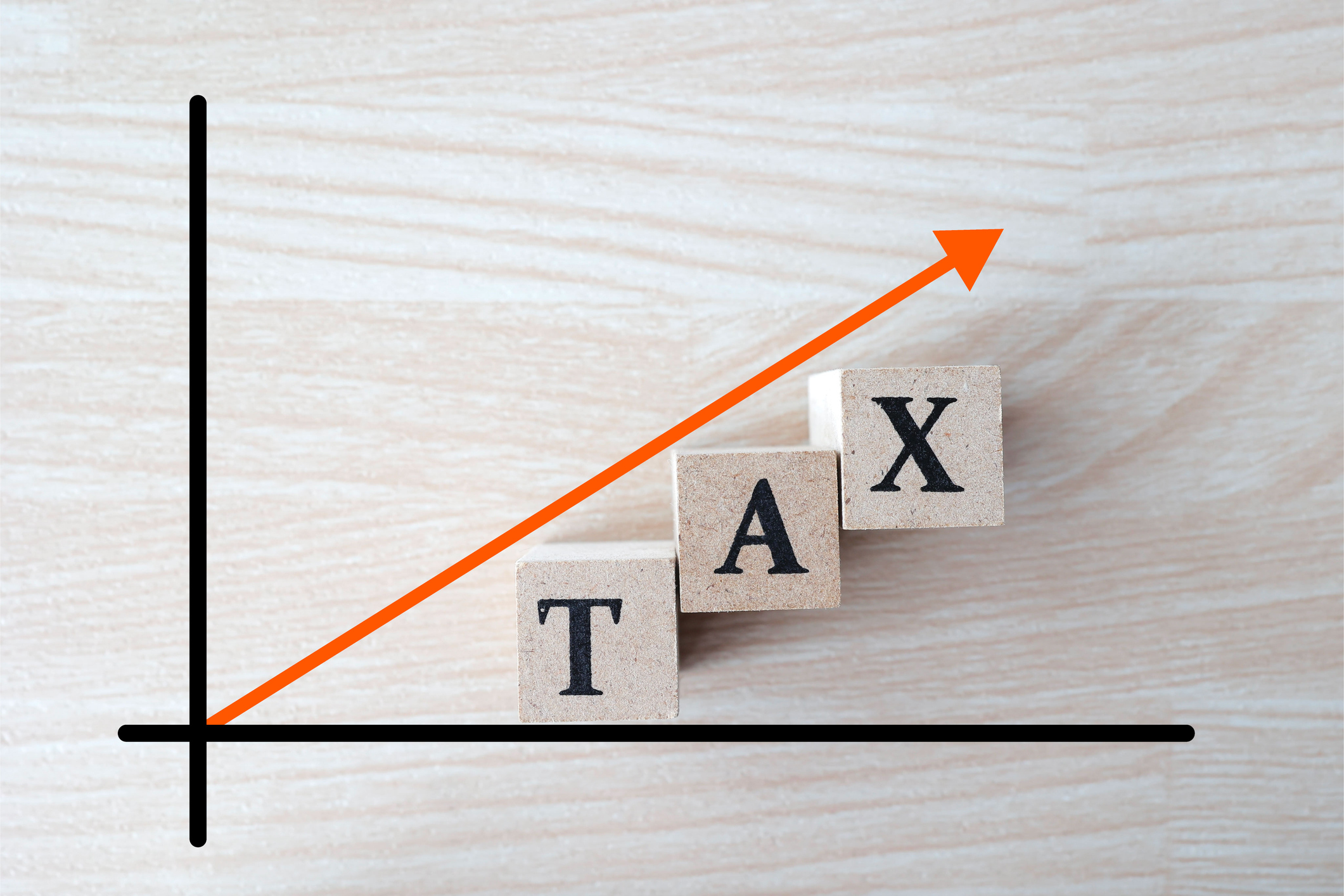 Which Generation Pays the Most Tax in the US?
Which Generation Pays the Most Tax in the US?Tax Burden Polls show that most people feel like taxes are unfair. But which age group bears the brunt of the tax burden in the United States?
By Kelley R. Taylor
-
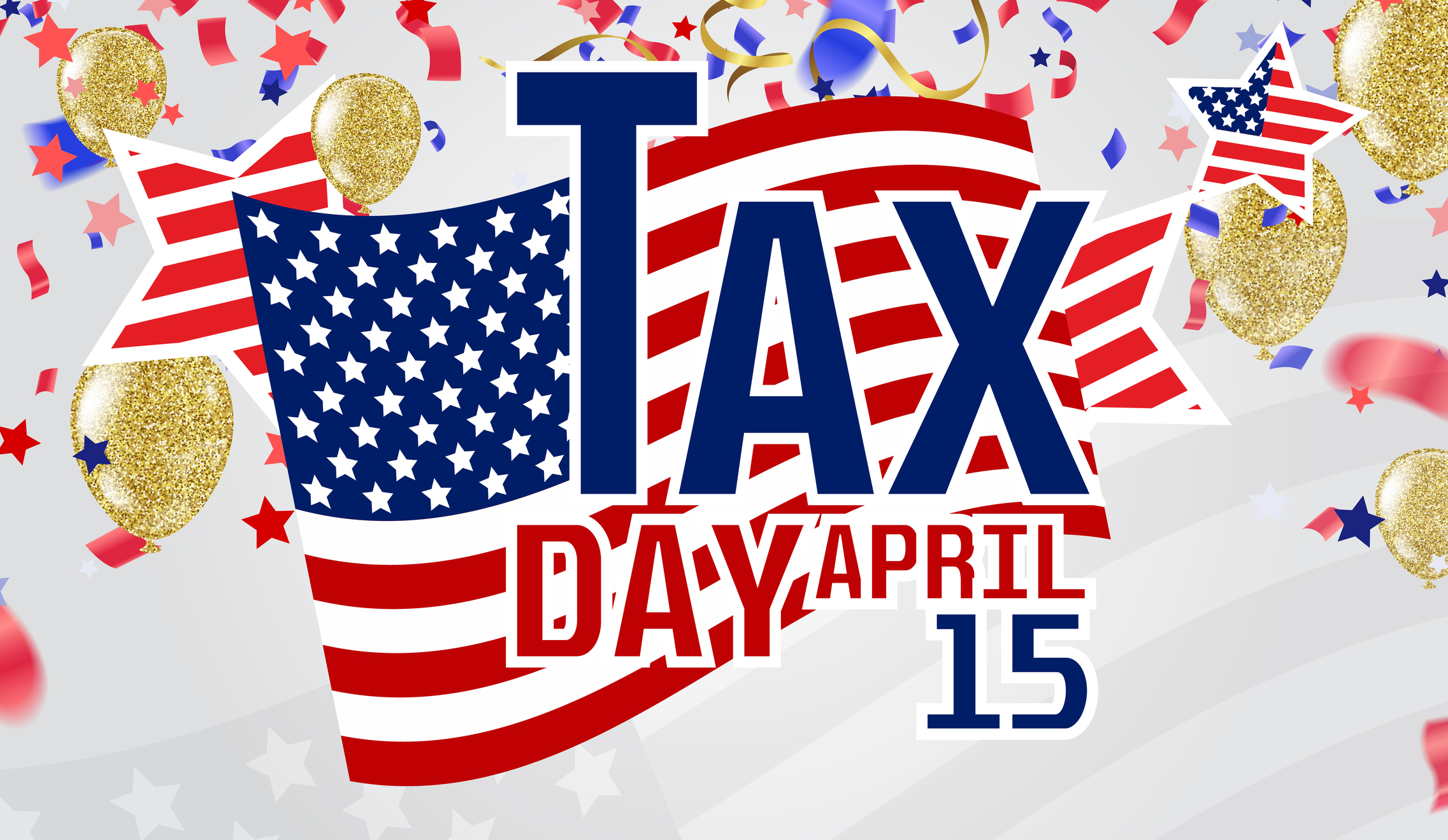 Tax Day 2025: Don’t Miss These Freebies, Food Deals and Discounts
Tax Day 2025: Don’t Miss These Freebies, Food Deals and DiscountsTax Day You can score some sweet deals on April 15 in some select restaurants like Burger King, Shake Shack, and more.
By Gabriella Cruz-Martínez
-
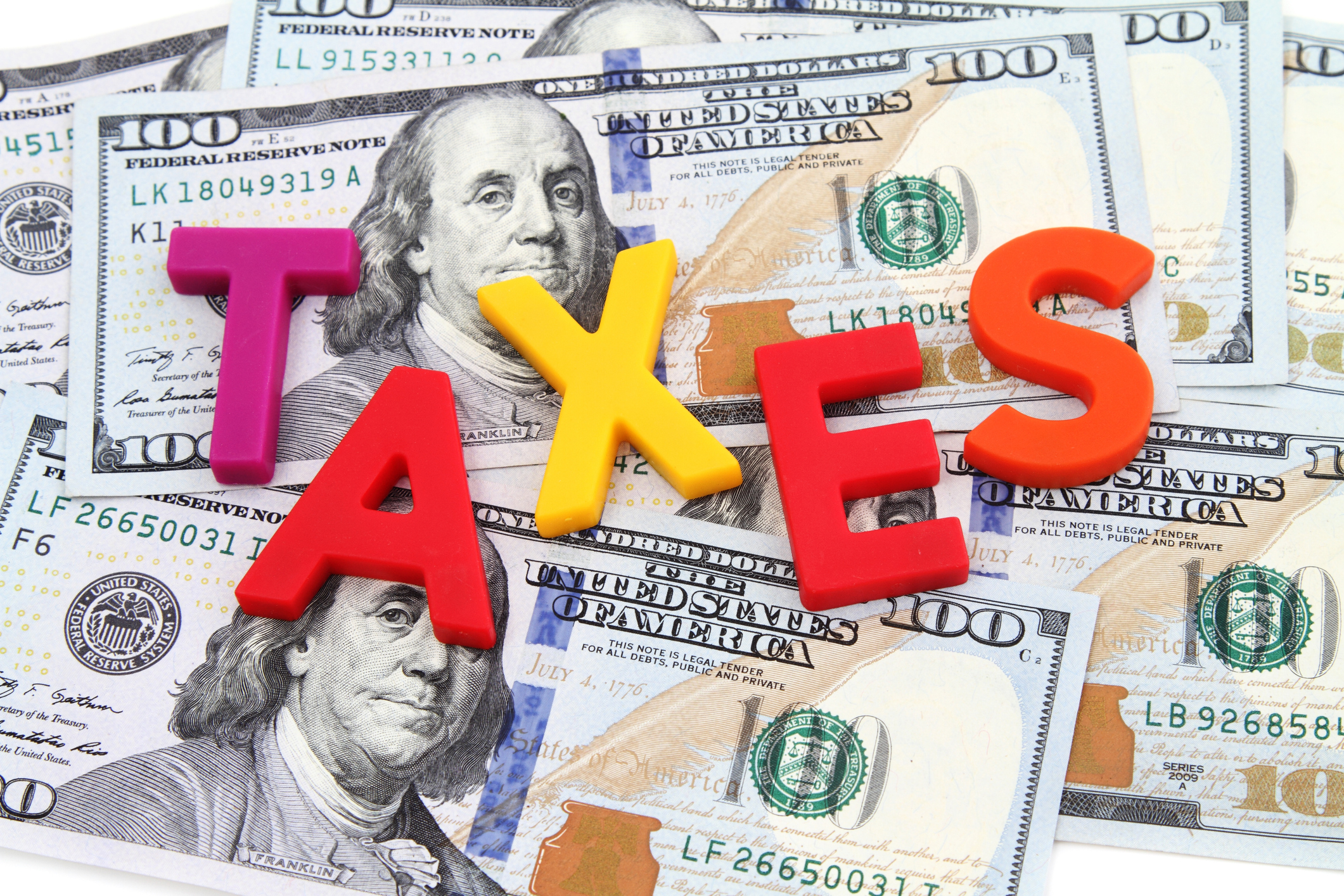 Tax Time: Does Your Kid Influencer Owe Taxes?
Tax Time: Does Your Kid Influencer Owe Taxes?State Tax Some minors are making big money on social media. Here’s how to know if they need to file taxes.
By Gabriella Cruz-Martínez
-
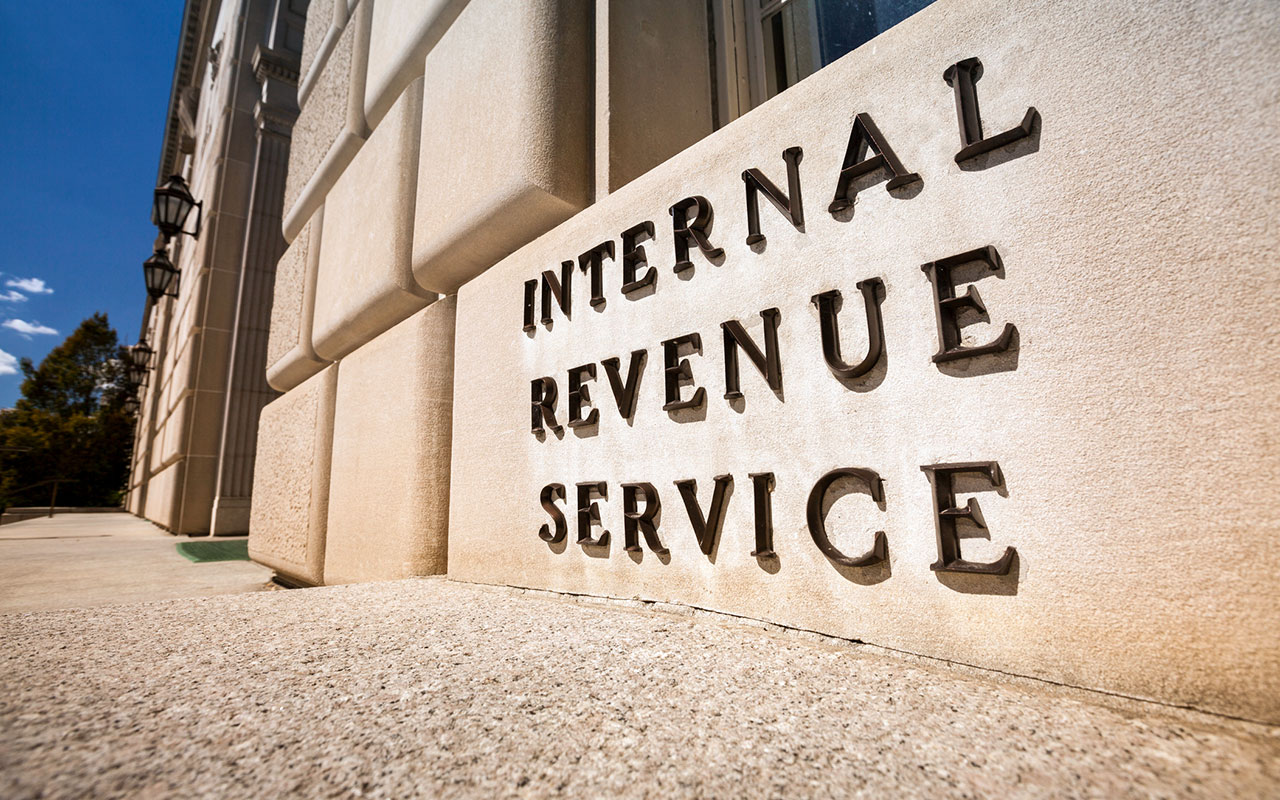 Trump Plans to Terminate IRS Direct File program
Trump Plans to Terminate IRS Direct File programTax Filing The IRS Direct File program was piloted last year in 12 states and has since expanded to 25. But will it last under the Trump administration?
By Gabriella Cruz-Martínez
-
 How Caregivers for Adults Can Save on Taxes in 2025
How Caregivers for Adults Can Save on Taxes in 2025Tax Breaks Caring for your parent or spouse can be stressful, but the IRS offers tax breaks for qualifying taxpayers. Here they are.
By Kate Schubel
-
 U.S. Treasury to Eliminate Paper Checks: What It Means for Tax Refunds, Social Security
U.S. Treasury to Eliminate Paper Checks: What It Means for Tax Refunds, Social SecurityTreasury President Trump signed an executive order forcing the federal government to phase out paper check disbursements by the fall.
By Gabriella Cruz-Martínez
-
 IRS Layoffs Spark Delays, Doubt This Tax Season
IRS Layoffs Spark Delays, Doubt This Tax SeasonTax Season Tax experts say Trump’s downsizing of the IRS is already causing problems.
By Gabriella Cruz-Martínez
-
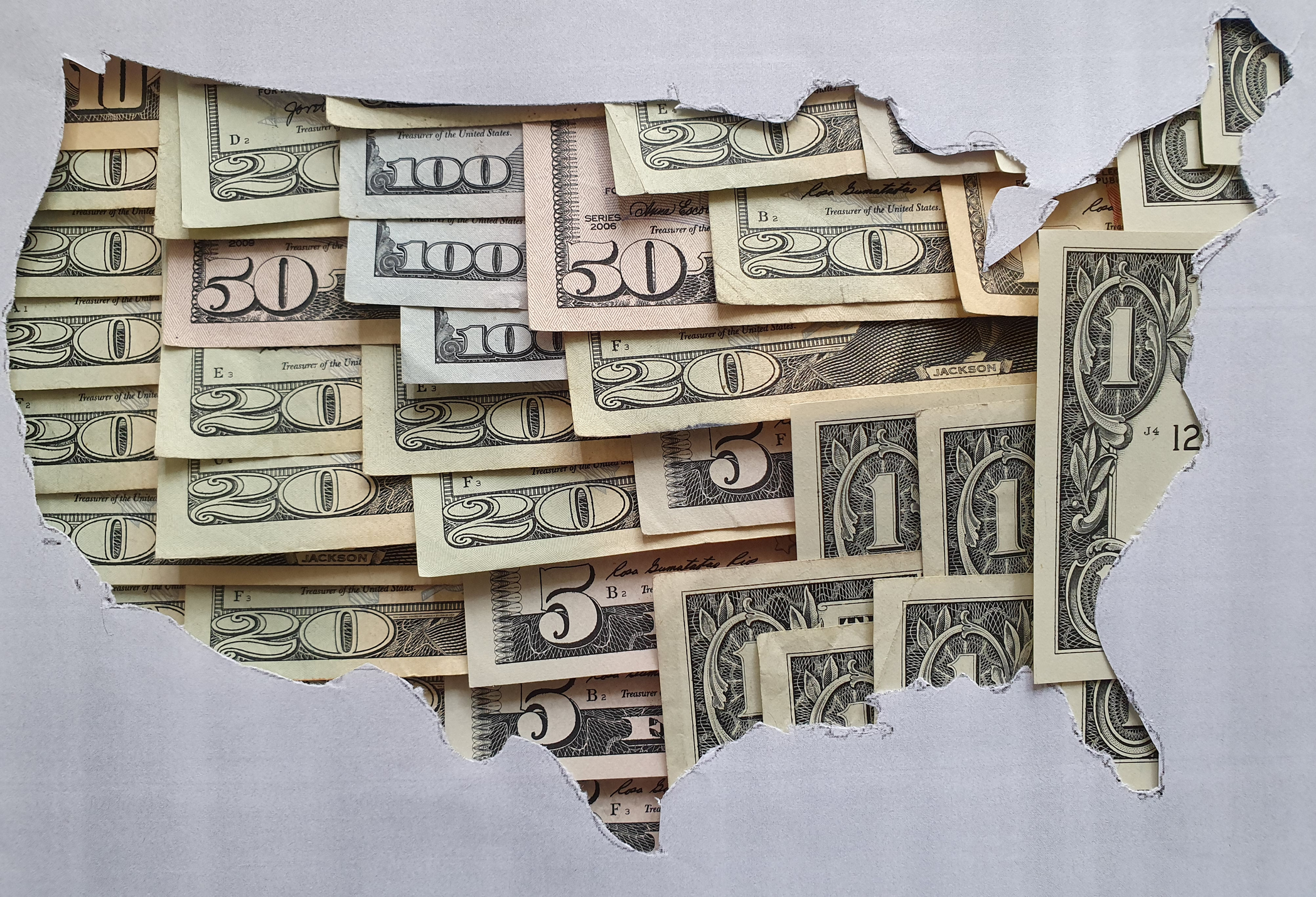 States with the Highest Income Tax Rates for Retirees
States with the Highest Income Tax Rates for RetireesState Tax You may reconsider living and retiring in one of these states due to high taxes.
By Kate Schubel